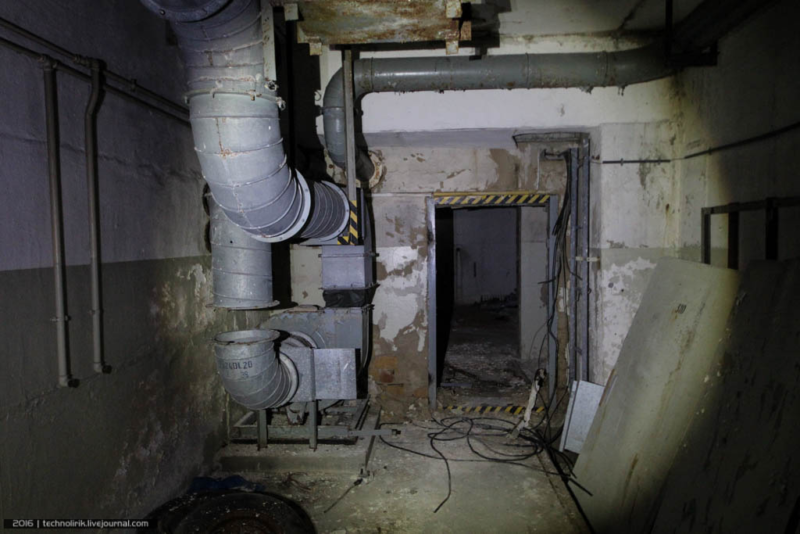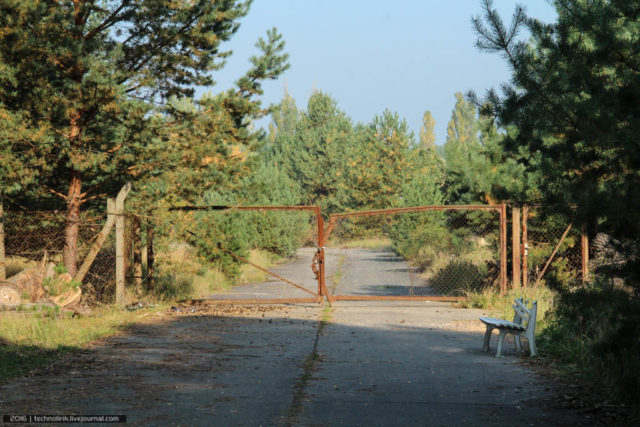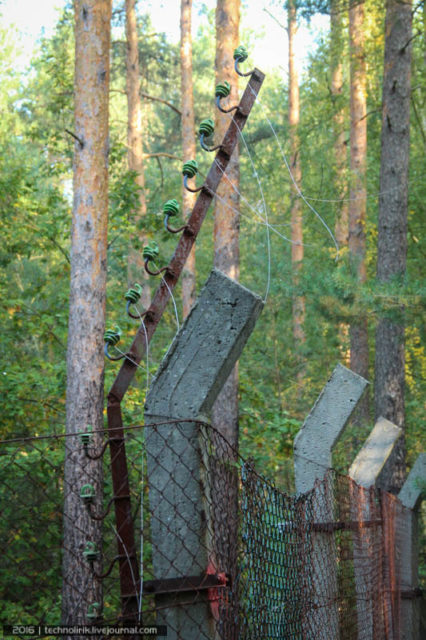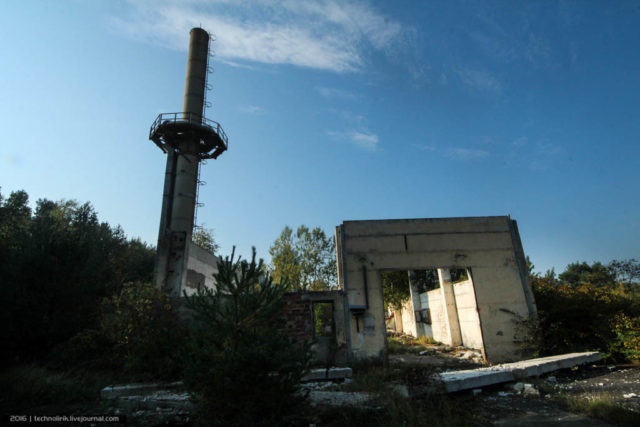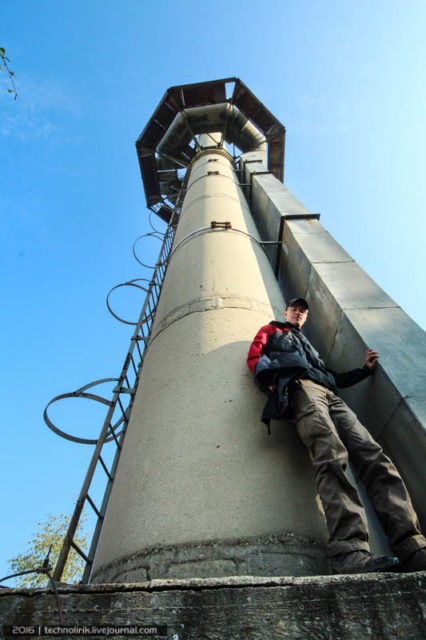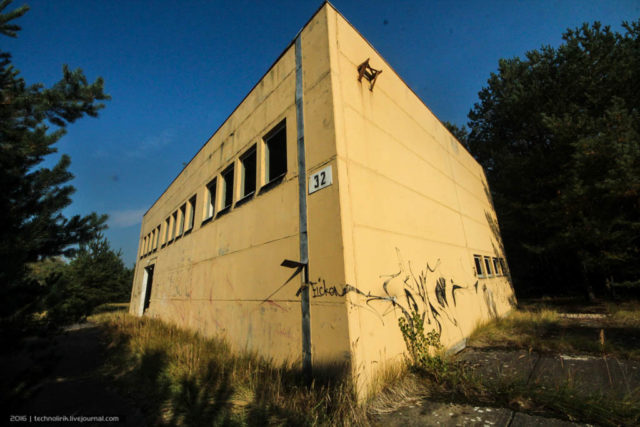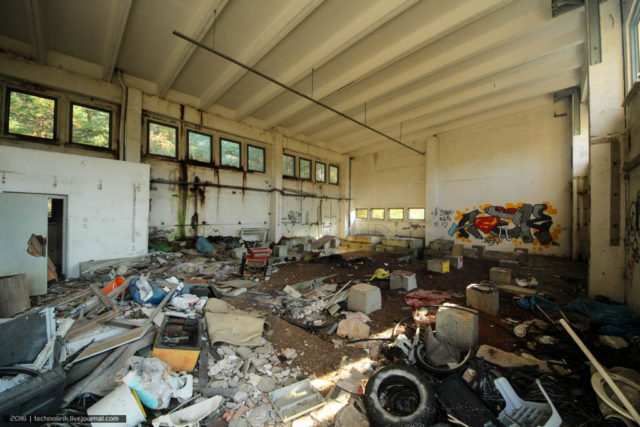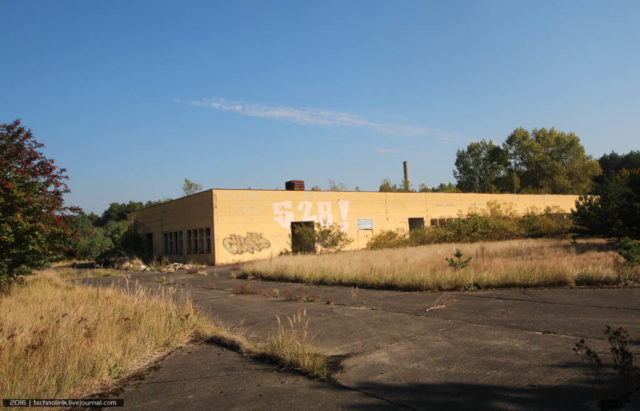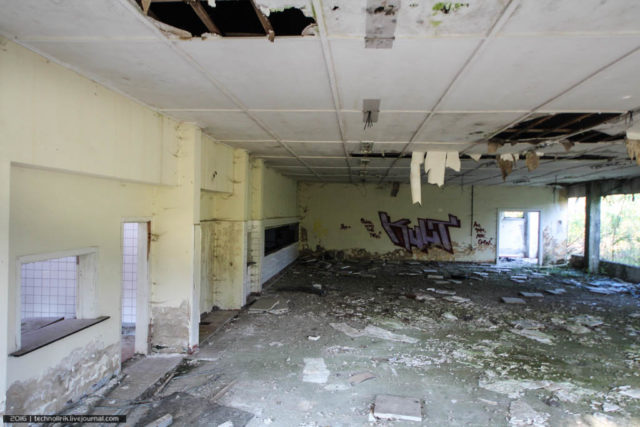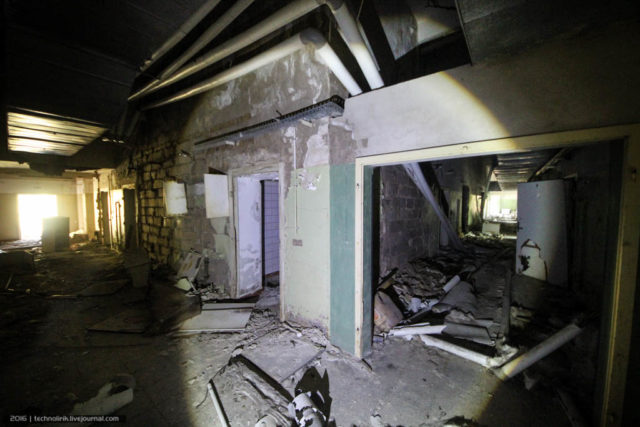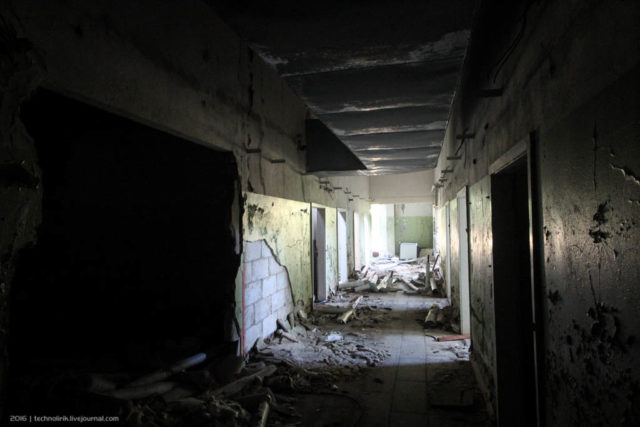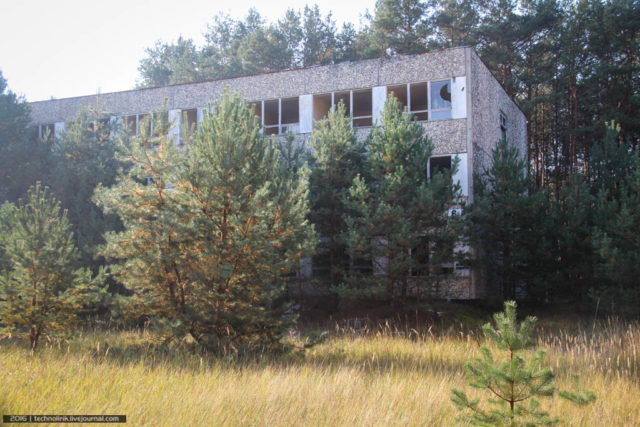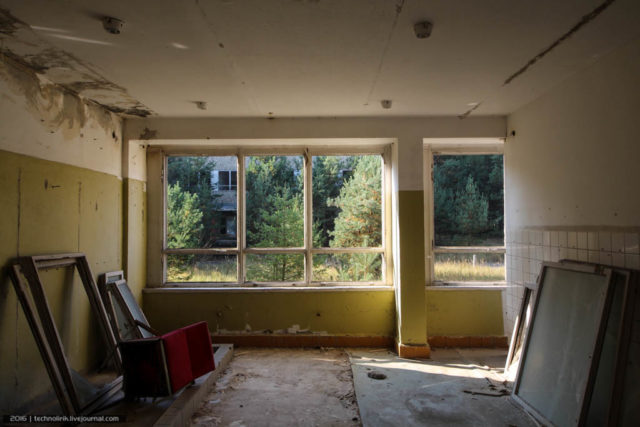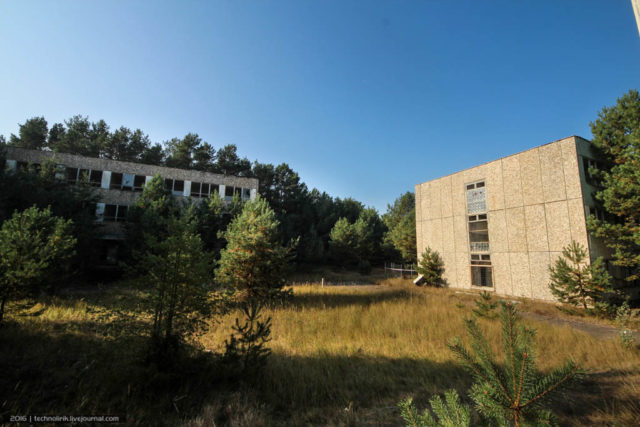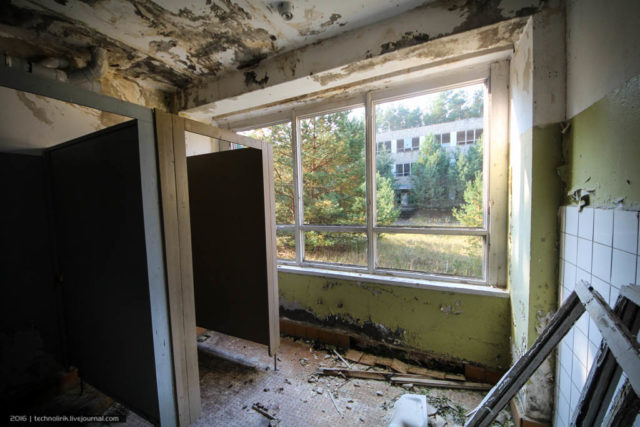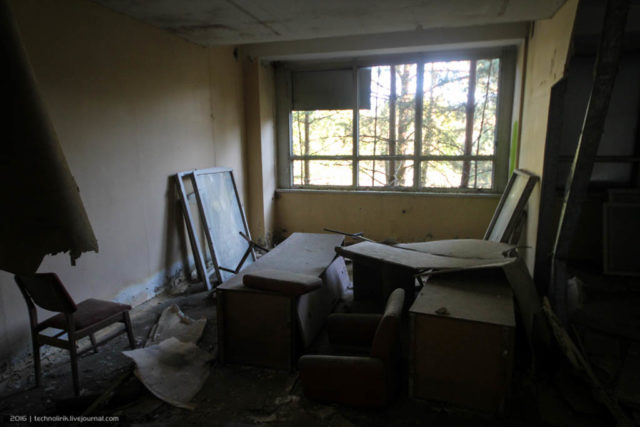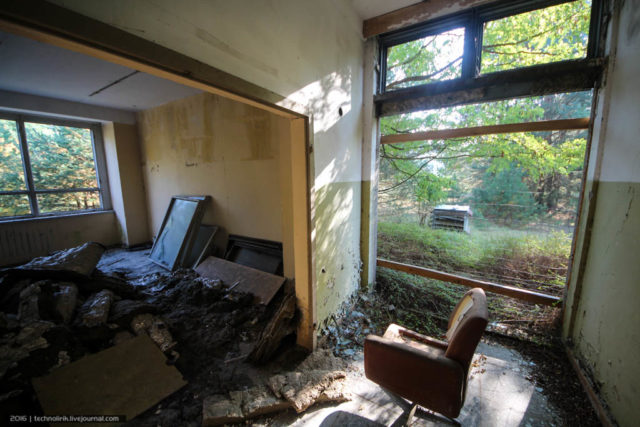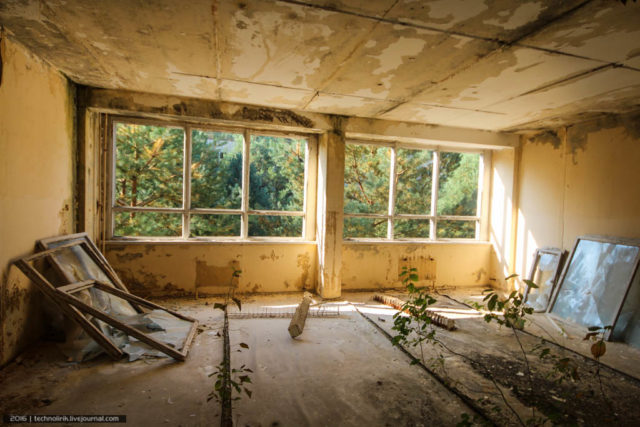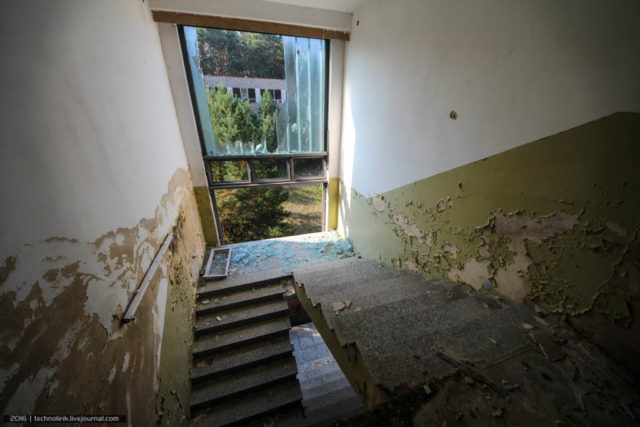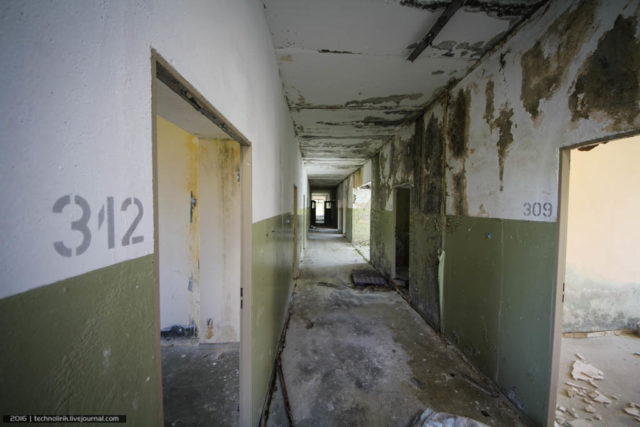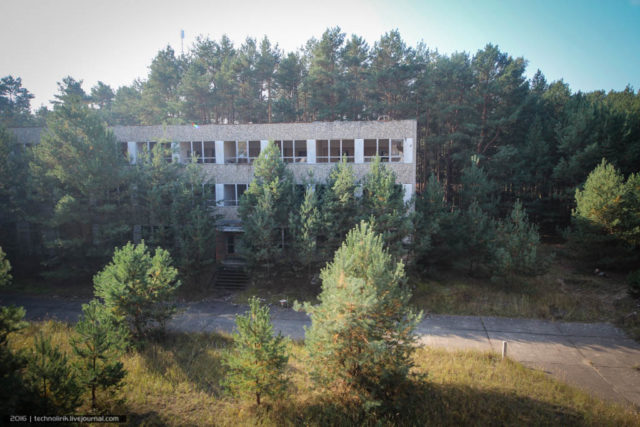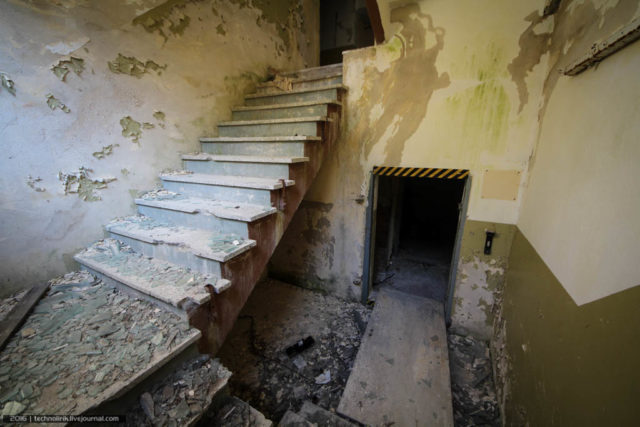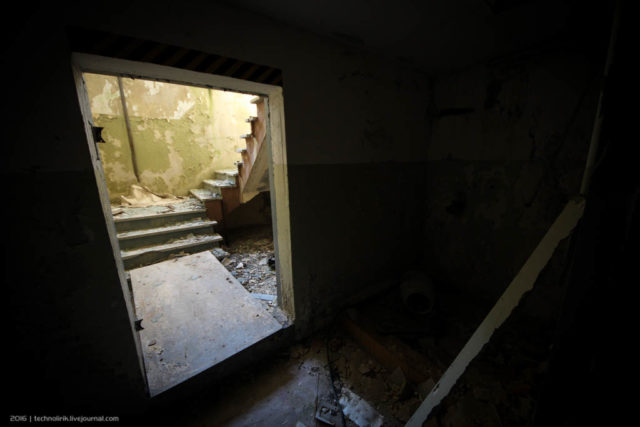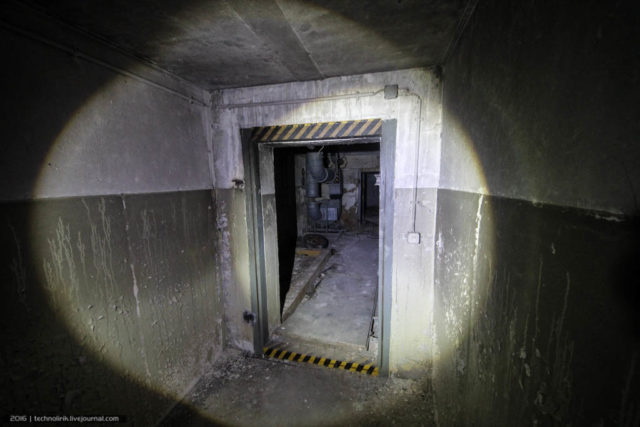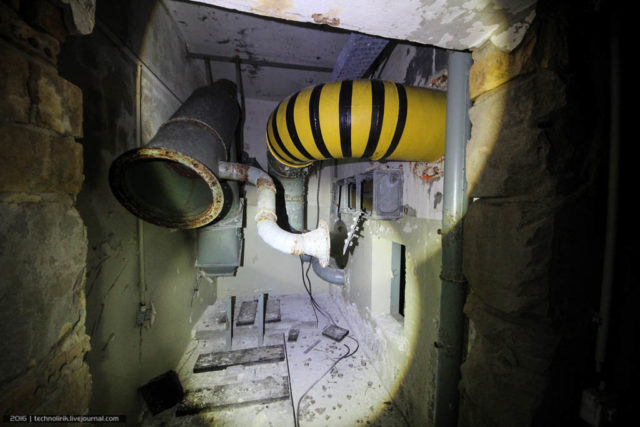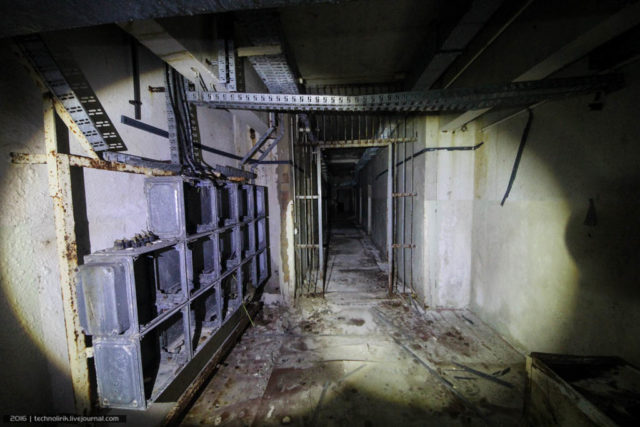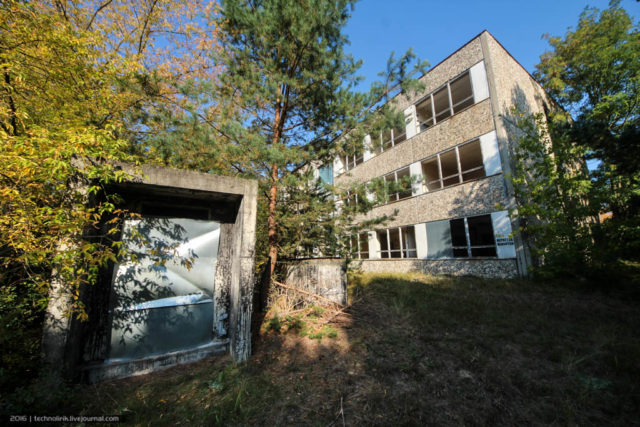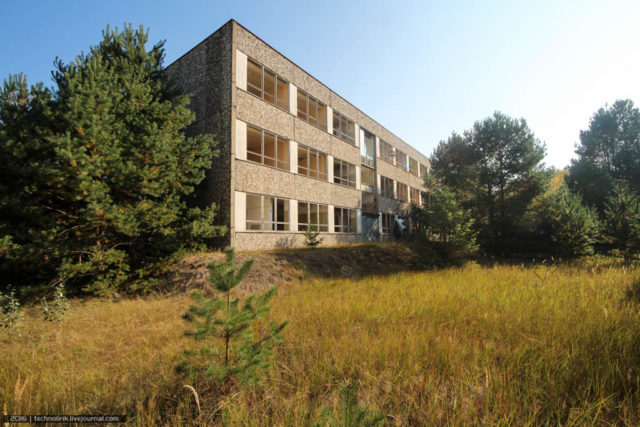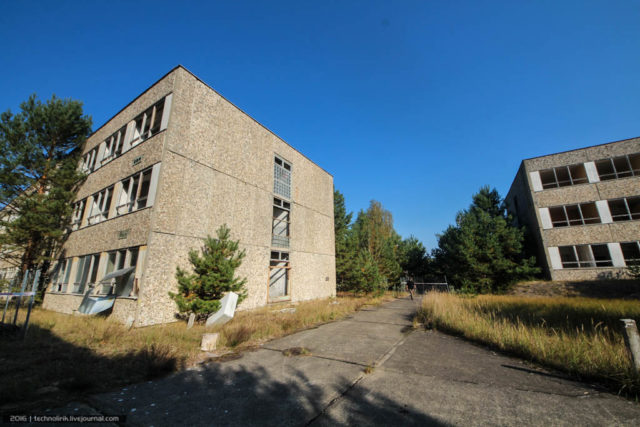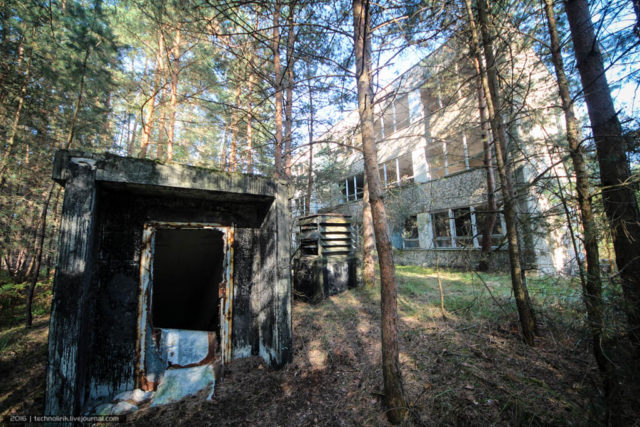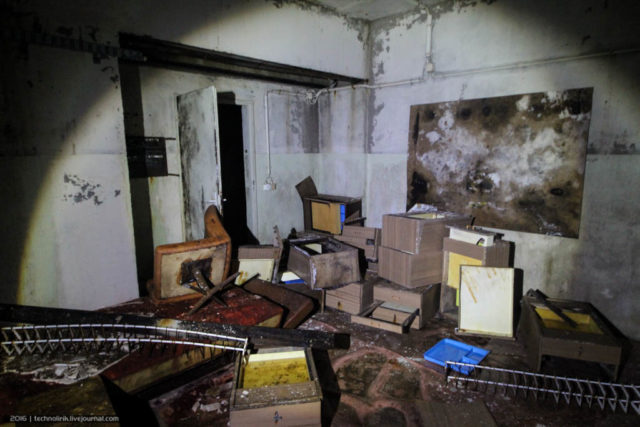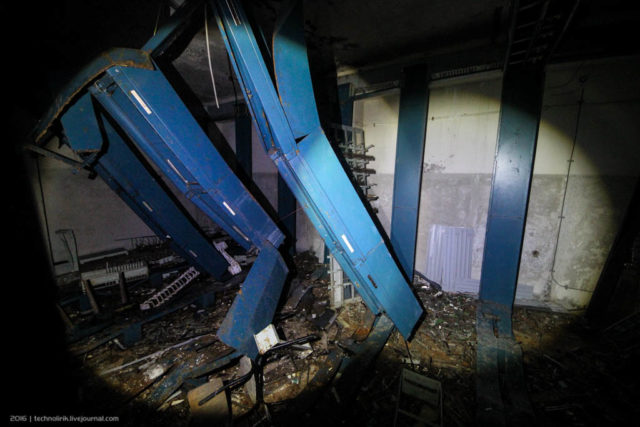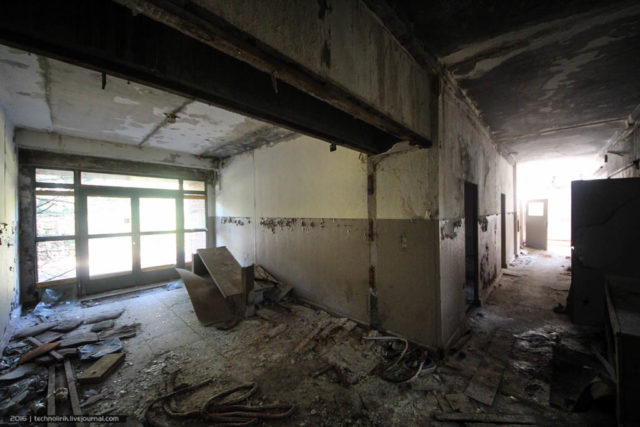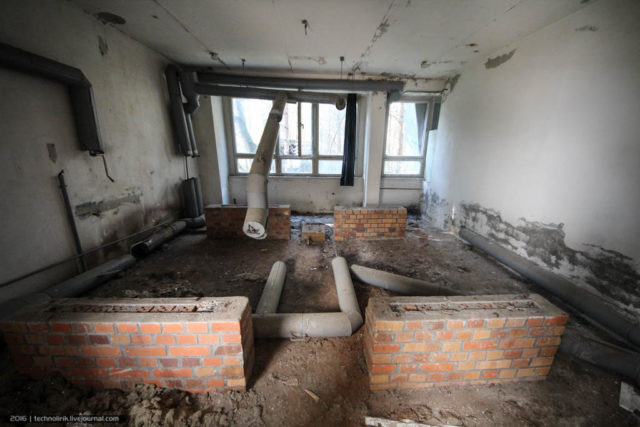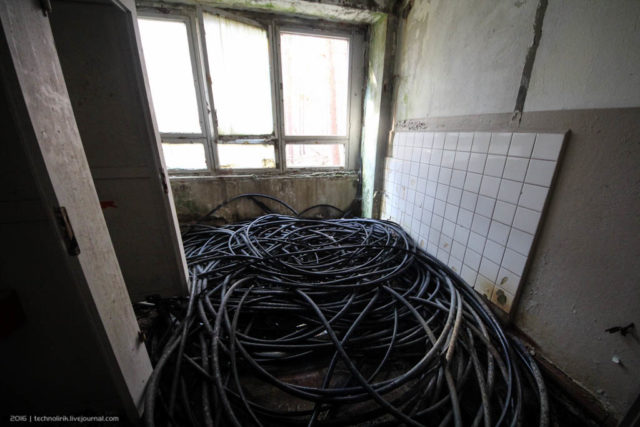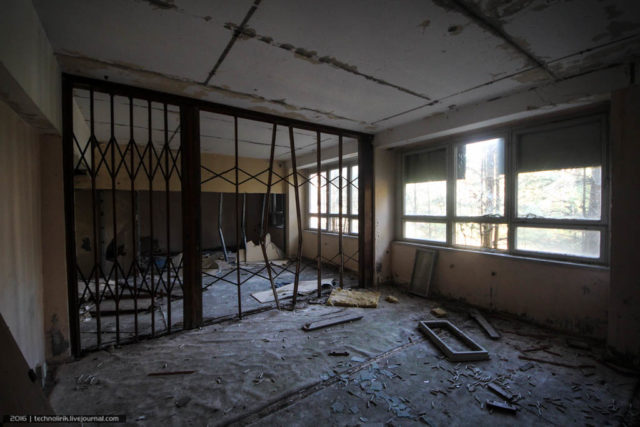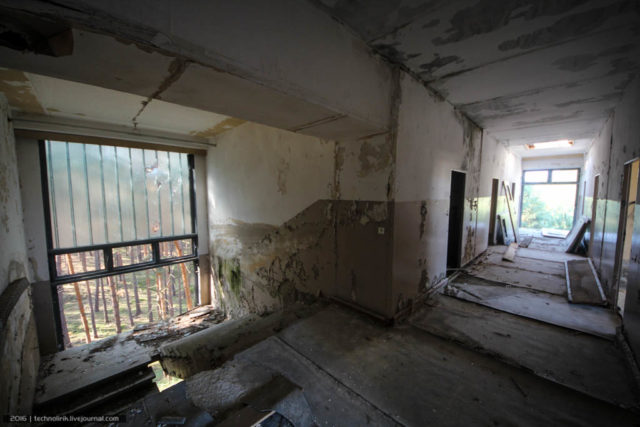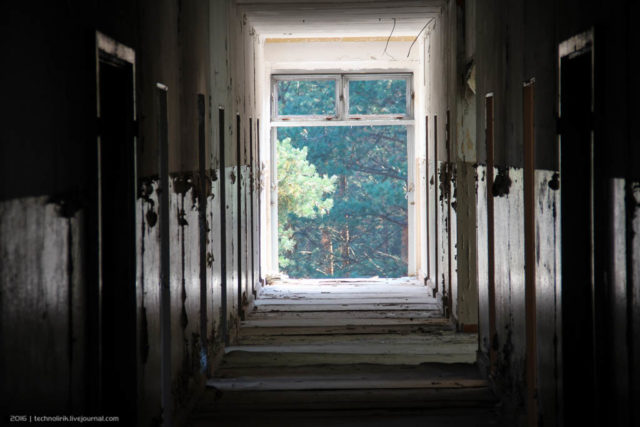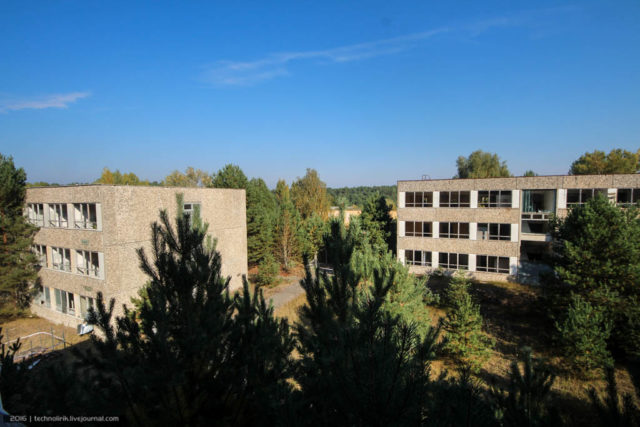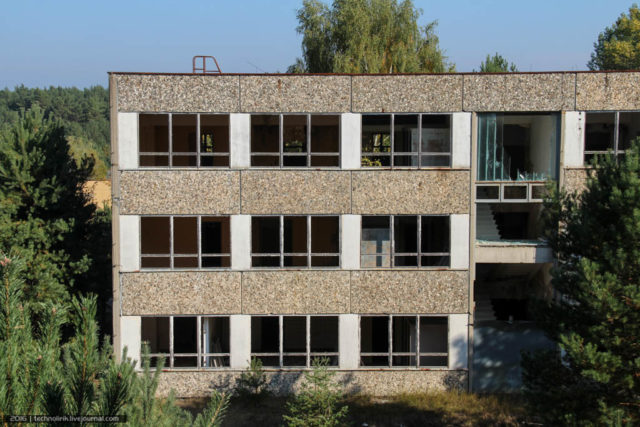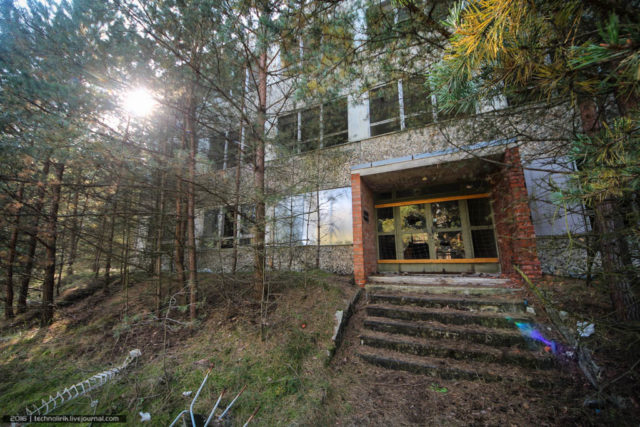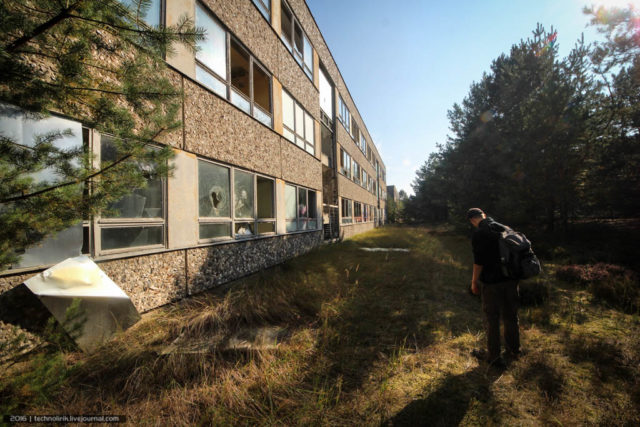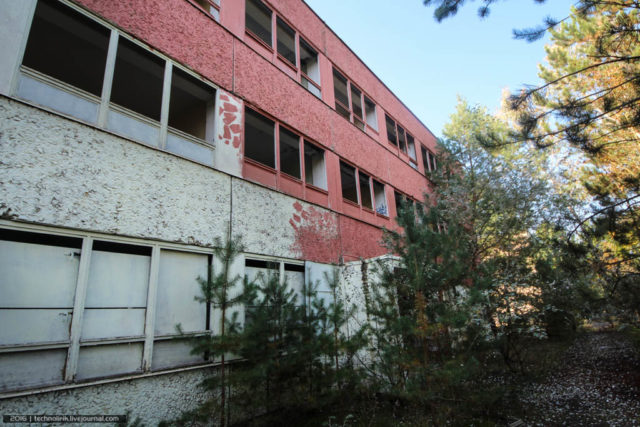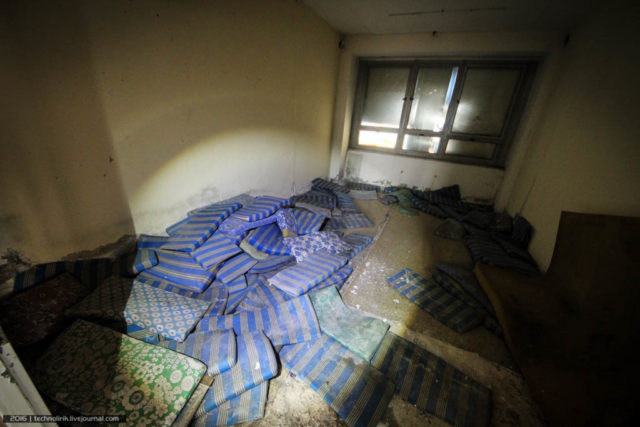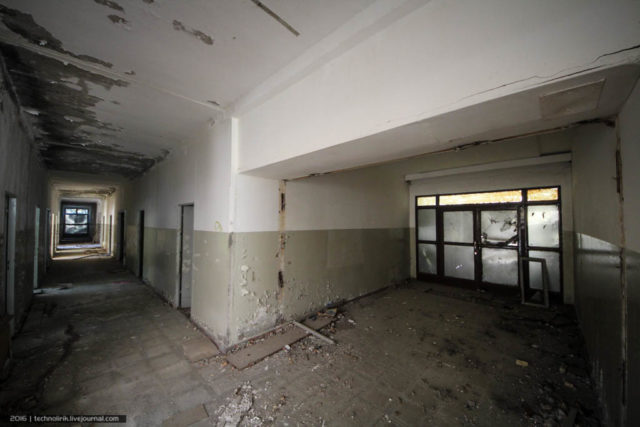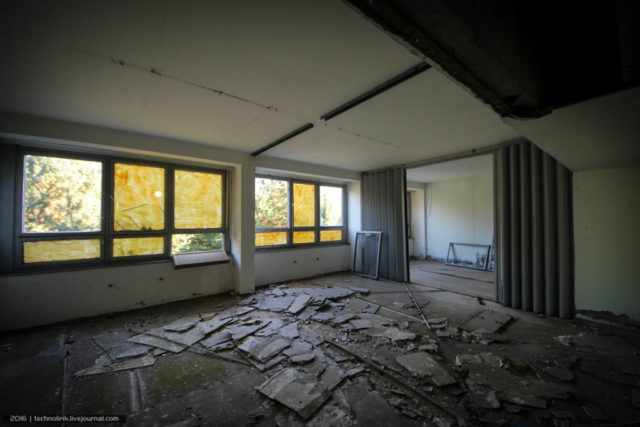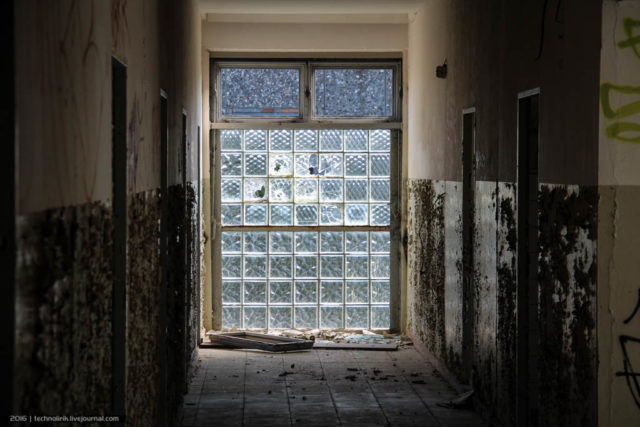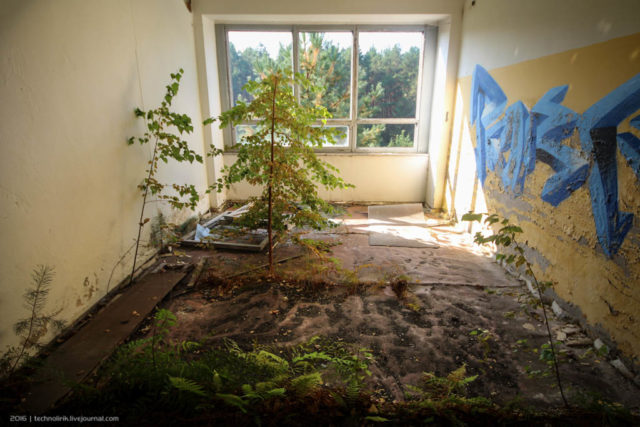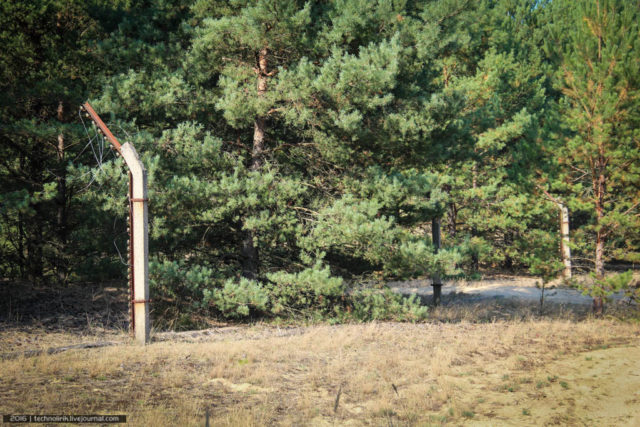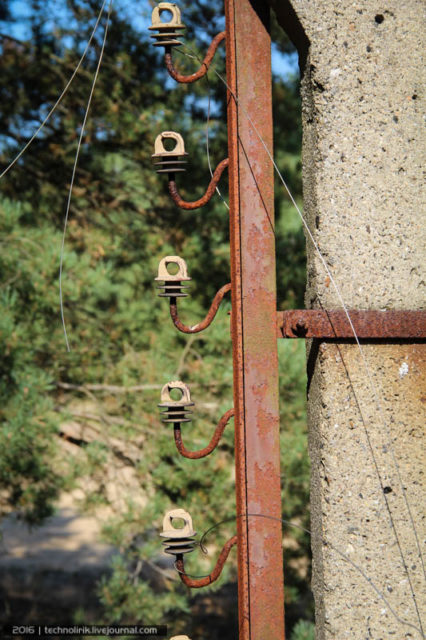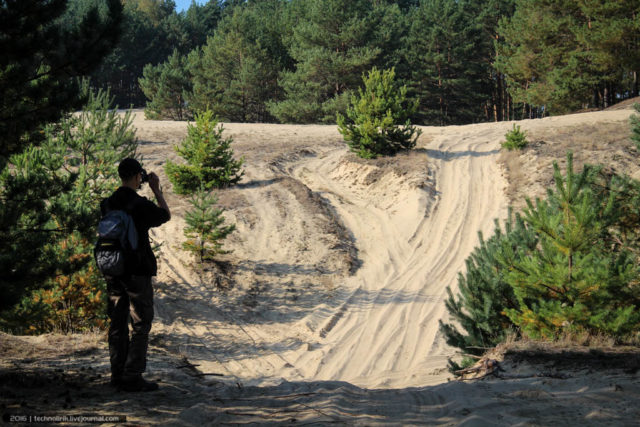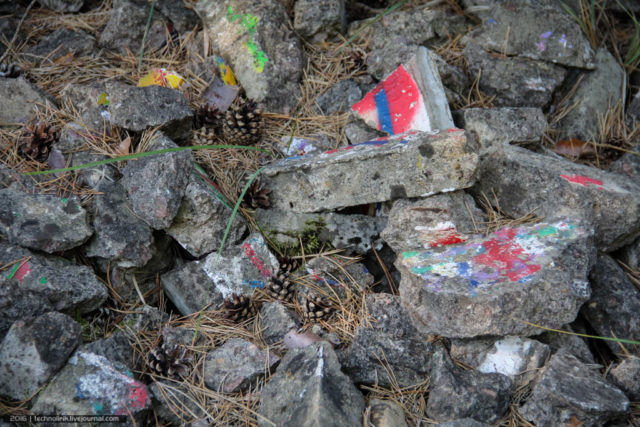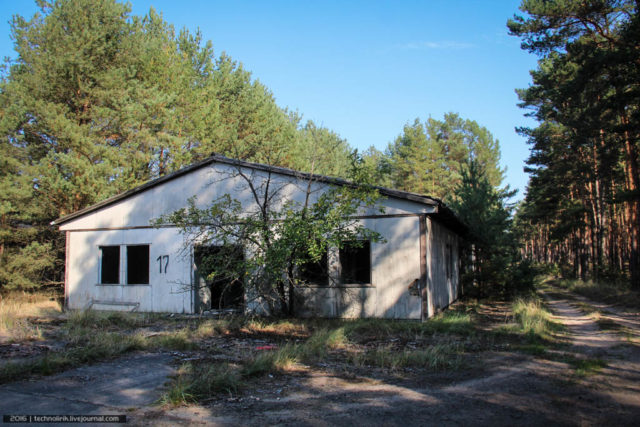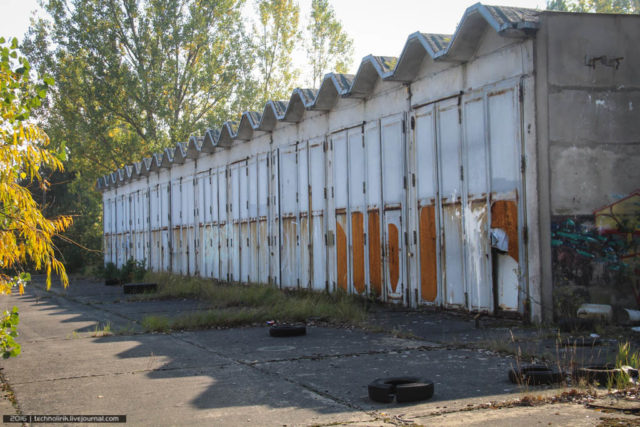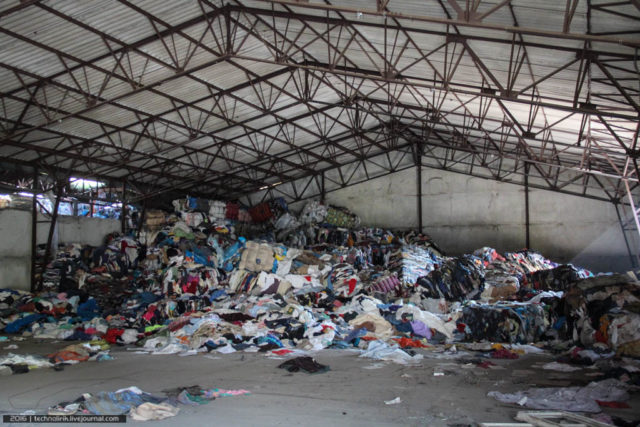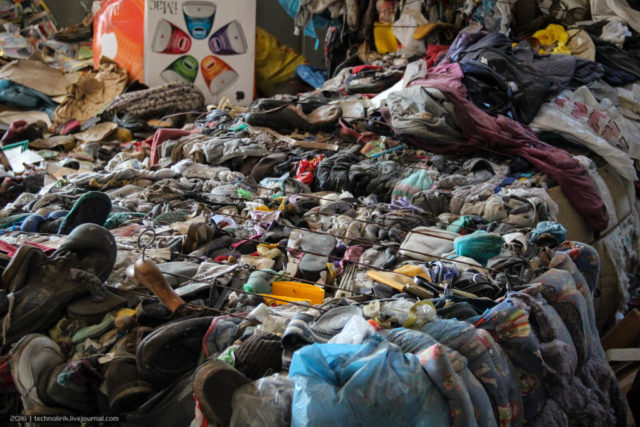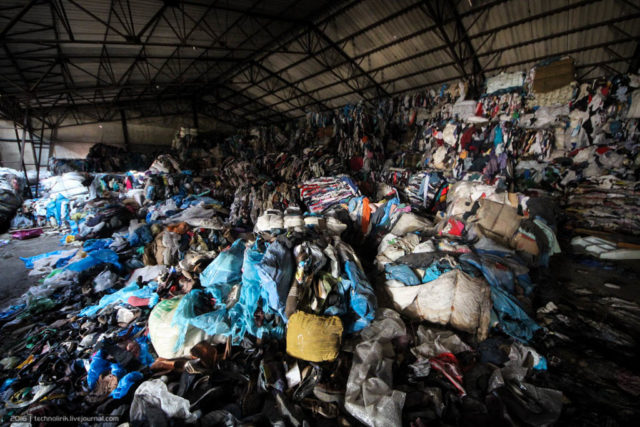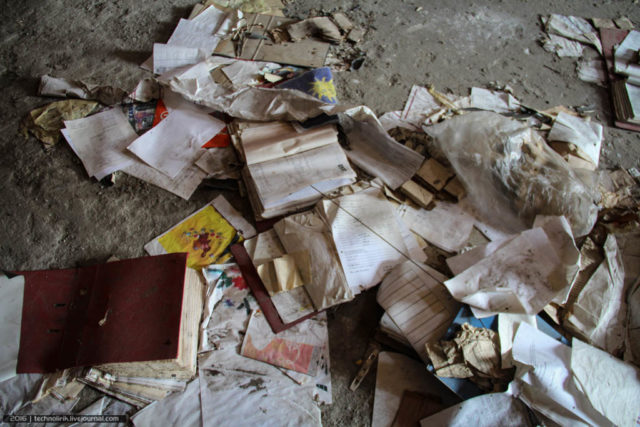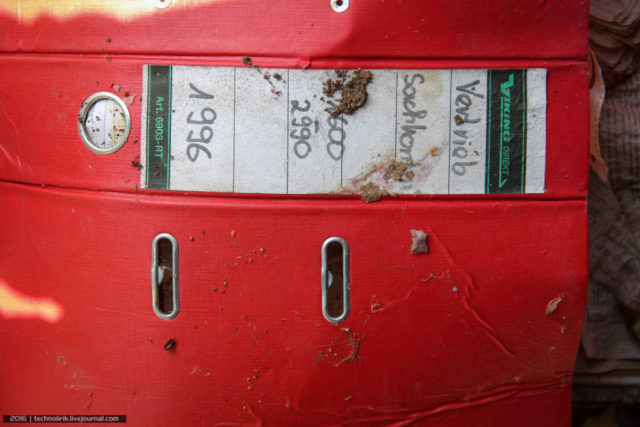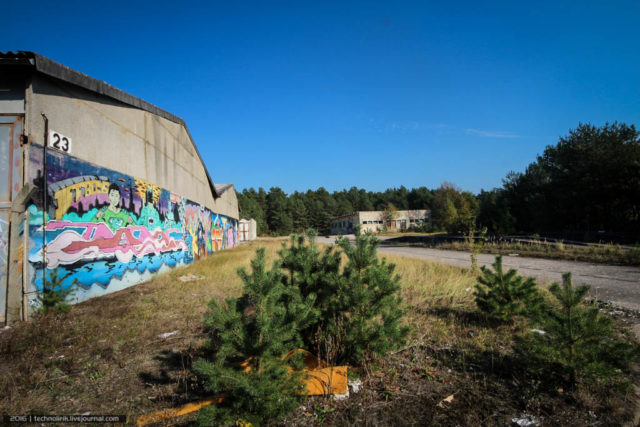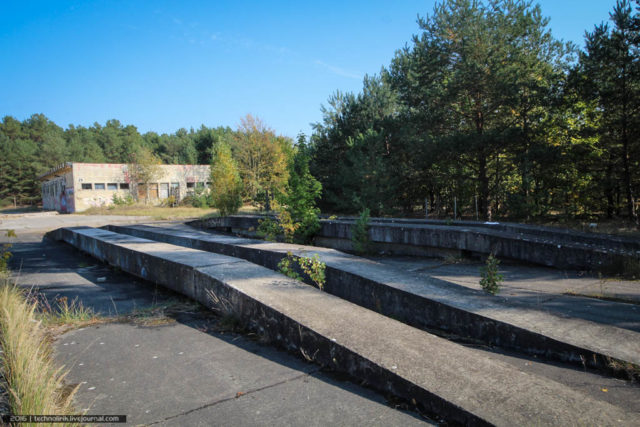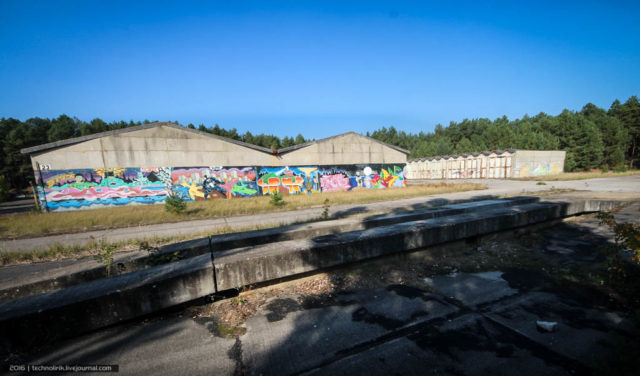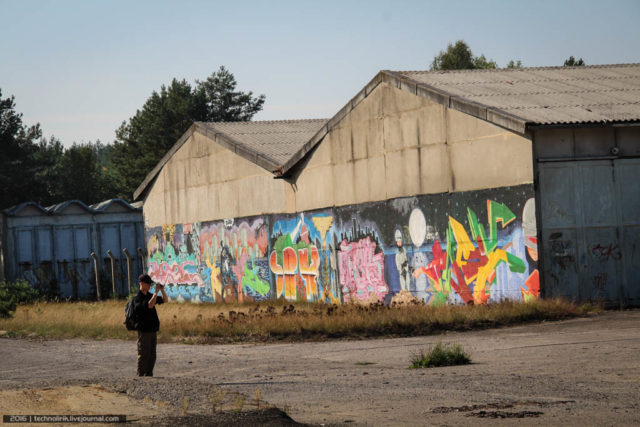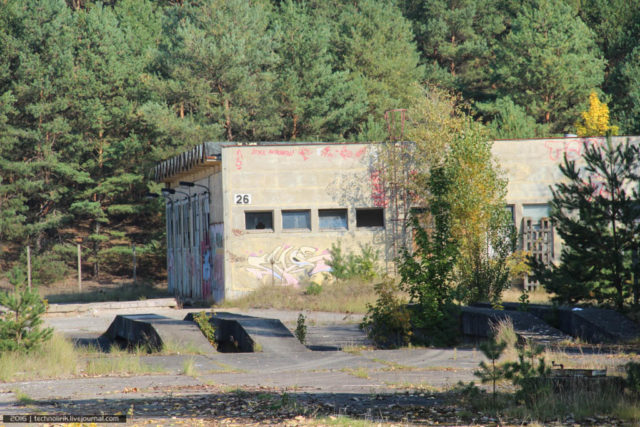Throughout the Cold War, the tense antagonism between the capitalist West and the communist East – both armed with nuclear weapons – made an apocalyptic war seem imminent. Nuclear bunkers were built; most of them were state-run projects but some were even private endeavors. Governments were spending huge sums of money on nuclear protection. One such complex was built in the German Democratic Republic.
In the German Democratic Republic (GDR), several protective structures were planned to be built for the government to be evacuated to in the event of nuclear war. From there, they could direct the country in safety, even if a nuclear explosion happened close by.
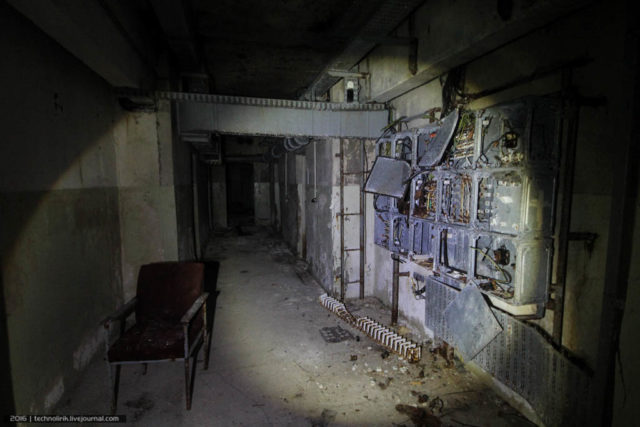
One such bunker was called Object 5001 and was built for the National Defense Council of the GDR. This bunker is comparatively well-known, although few people realize that there were originally supposed to be two such bunkers.
The construction of the second facility – Object 6001 – started in 1979, eight years after the construction of Object 5001 had begun. Object 6001 was supposed to house the chairman of the Council of Ministers of the GDR and the most important ministers, becoming a strengthened command center for the government of the republic. The maximum capacity of the bunker was supposed to be 350 people.
A residential area called Unterkunftzone was built on a plot of land near Berlin. A large pit was dug for the bunker and a well was drilled, at which point construction was brought to a halt. According to open sources, the project was either called off because the funding dried up or because the location of the Object was declassified by NATO. Perhaps it was due to both of these reasons. In 1984, the territory of the facility was transferred to the 2nd communications brigade of the National People’s Army of the GDR, which used it until the unification of Germany.
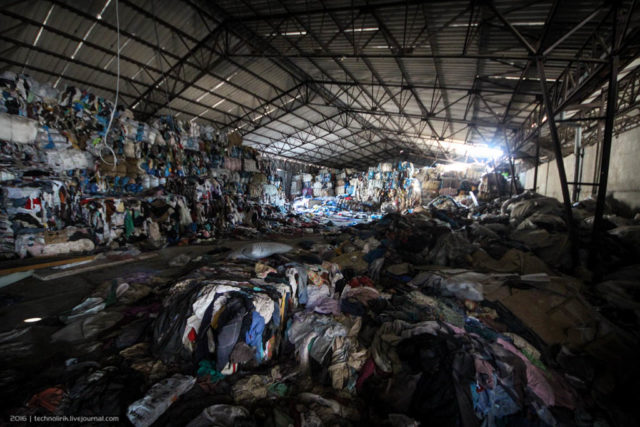
After the National People’s Army was disbanded in 1990, Object 6001 was transformed into a refugee camp, which functioned in the 1990s.
Today, the territory is slowly being overtaken by vegetation. Plants and little trees grow in cracks in the concrete floors of the buildings. Most of the furniture and equipment has been looted, although some places still have metal elements inside.
A big thank you to Alexander, who runs the blog technolirik, for the information and amazing photos! See more of his work here: technolirik
Gates to the territory of Object 6001:
The perimeter of the facility used to be reinforced by a high-voltage fence:
Ruins and a pipe of the boiler facility:
Close by is a building which most likely belonged to the water supply system or to the sewage system.
Water pumps and tanks were probably once inside this room. All the equipment has been removed.
The dining room:
Five three-story buildings form the largest part of the residential area. The five buildings are of the same design, but two of them have underground bomb shelters. After the facility was given to the 2nd communications brigade of the National People’s Army, the buildings were transformed into barracks and used as the brigade’s headquarters.
Entrance to a bomb shelter inside one of the buildings:
Immediately after the entrance door is a room with a shower for the disinfection of people coming into the shelter from the outside.
Inside the shelter. The pipes are remains of the filtering and ventilation system.
The shelter is a long corridor that stretches along the whole length of the building. Along the corridor were different rooms: working quarters, toilets, showers, and living quarters.
The shelter has an emergency exit some distance away from the building:
The bomb shelter for the other building:
The room inside the shelter where communications equipment was located:
Exit from the shelter into the building:
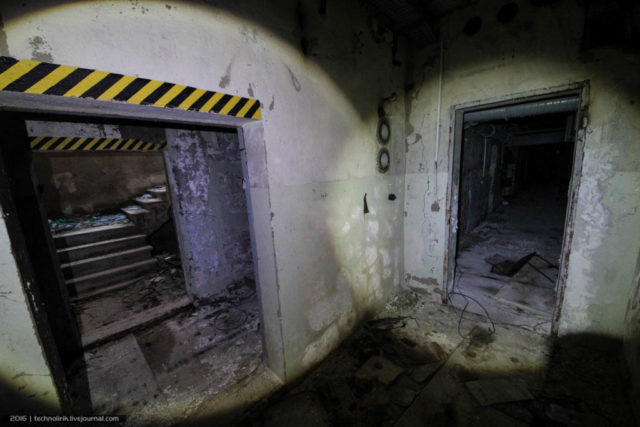
Inside the building:
Remains of a boiler:
The top floor of the building:
The facade of one of the buildings is half-covered in pink paint and half-covered in white paint. The reason is unknown:
The bunker was supposed to be built in another sector of Object 6001. The territory of the bunker used to be separated by an electric fence.
The pit where the bunker was supposed to be constructed:
Fragments of concrete near the site. Allegedly, this is how fake fragments of the Berlin Wall were made.
Workers’ barracks that were set up for builders involved in the construction of Object 6001. It is likely that in the 1990s they were used to house refugees.
Garages:
Inside the garages are piles of clothes and shoes that were most likely collected for the refugees and left here after the refugee center was closed:
Abandoned documents from the refugee camp:
Garage sector:
Trestlework for vehicle maintenance:
All photos ©technolirik.
